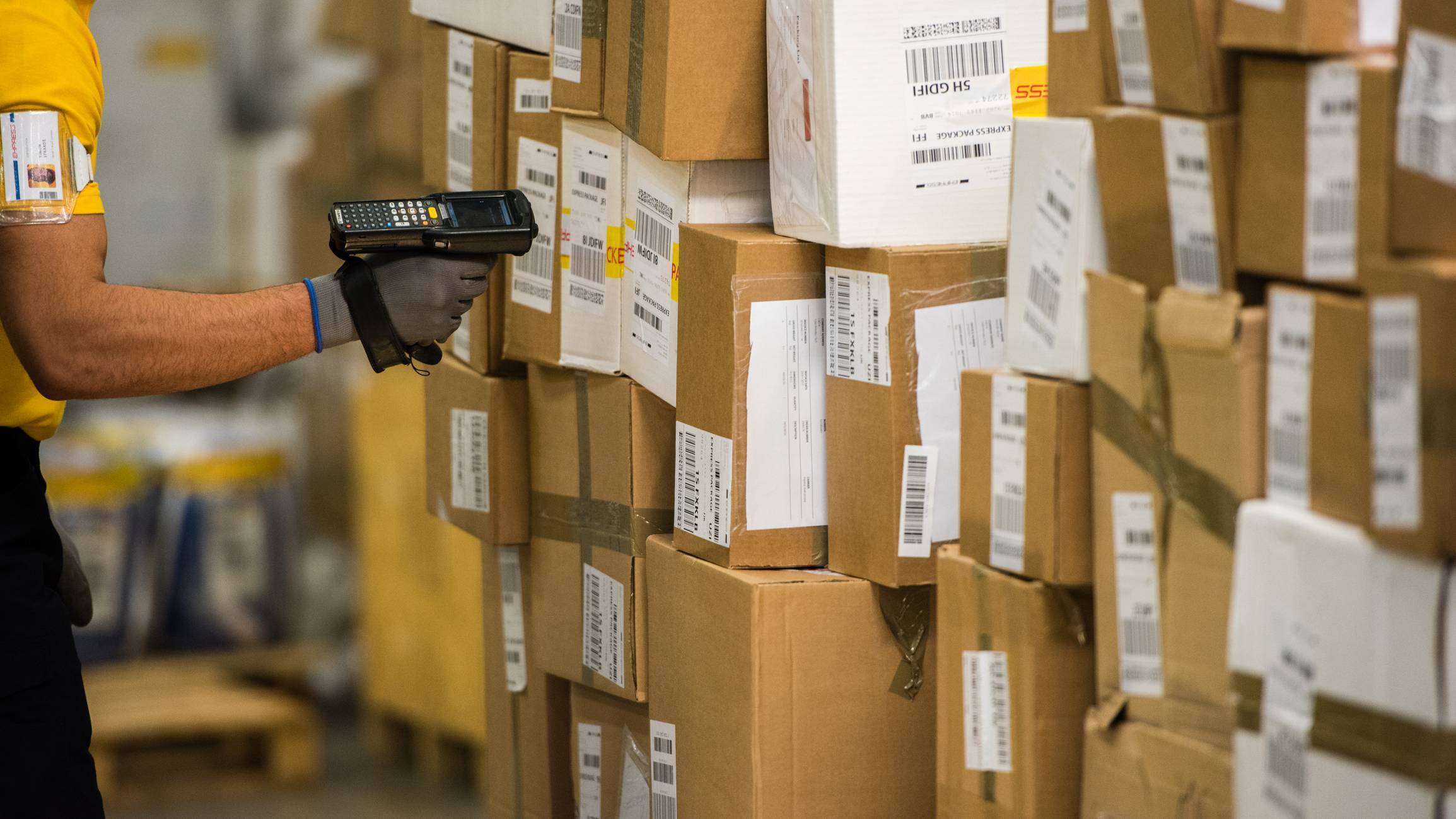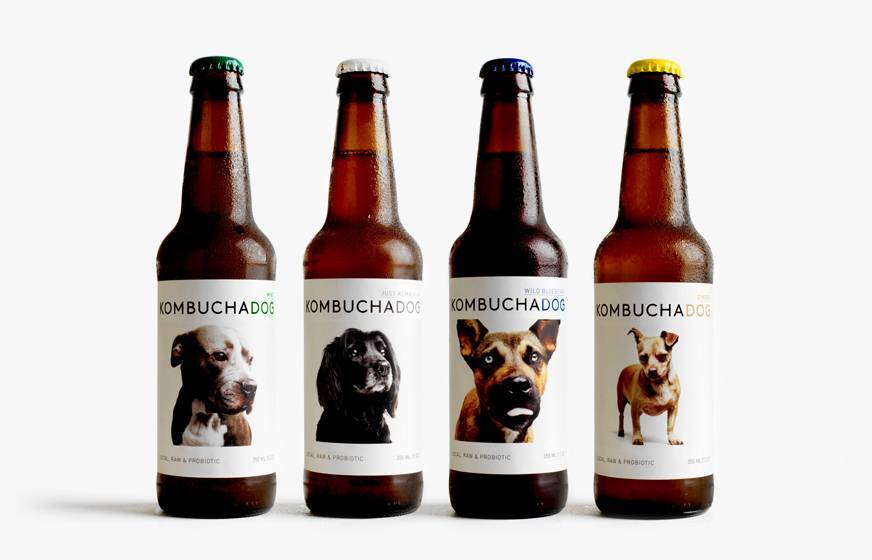
That’s just a tip of the iceberg. Printers are churning out high-art labels for craft and micro-brewers for their small batches of seasonal beers. And there are cutting-edge labels with information printed that’s invisible to the naked eye but readable with a unique wavelength of light.
To meet the label needs of growing markets, printers are turning to inkjet technology. With inkjet printing on labels, the options are almost infinite.
With so many options available, choosing an inkjet ink can be a daunting task.
So where does choosing the right ink begin? At the end, of course.
Choosing the right ink begins with questions that focus on the final product. Industrial ink manufacturers ask customers all sorts of questions:
Kao Collins Fast-Drying Inkjet Inks
Download
- What is the end result?
- Does the label have an image?
- Does it need to have high-resolution printing and detail for scanning?
- Will the label be scanned?
- Does the ink need to be fade resistant or weather resistant?
- Do security elements need to be incorporated?
In the case of printing barcodes, the next question is “what type of scanner is being used.” An infrared (IR) scanner, for example, requires ink that has properties with a signal in a specific area that allows the barcode to be correctly read.
Security is a growing market for inks. There are security inks available that can only be read with a unique wavelength. There are inks that will fluoresce in blue, red, yellow or green.
Read More: The Science of Security Ink
Another critical question for choosing the right ink is the label material itself. Is it paper? Does the label have special coatings? The type of ink must play nicely with the label surface. Many label substrates have coatings or adhesives that add durability, but make printing on them more complicated.

These labels for Kombucha are customized to feature different rescue dogs available for adoption in Los Angeles.
Not one ink will work on every type of label surface. To achieve the best possible results, top inkjet ink manufacturers put their inks through rigorous testing. The ink must be able to interact with the surface and finish of the label to achieve the quality and functionality.
Read More: Inkjet Printing is Helping Personalize Packaging
Simply, inkjet printing on labels requires knowing the image being printed and the surface of the label. One ink will not work for every label application.
The printhead also factors into delivering the best results with the right ink. Ink formulas must be compatible with the printer technology.
All of these variables help determine the formulation of the ink. Once coordinated with the printing technology, the process can deliver the intended result.
Inkjet printing on labels is evolving with new formulations that push the envelope of innovation. Getting the best results begins at the end.
Contact Kao Collins to discuss custom inkjet ink formulations.
Kao Collins produces inkjet inks for these printheads: Dimatix, Funai, HP, Kodak, Konica Minolta, Kyocera, Ricoh, SII Printek, and Xaar.






